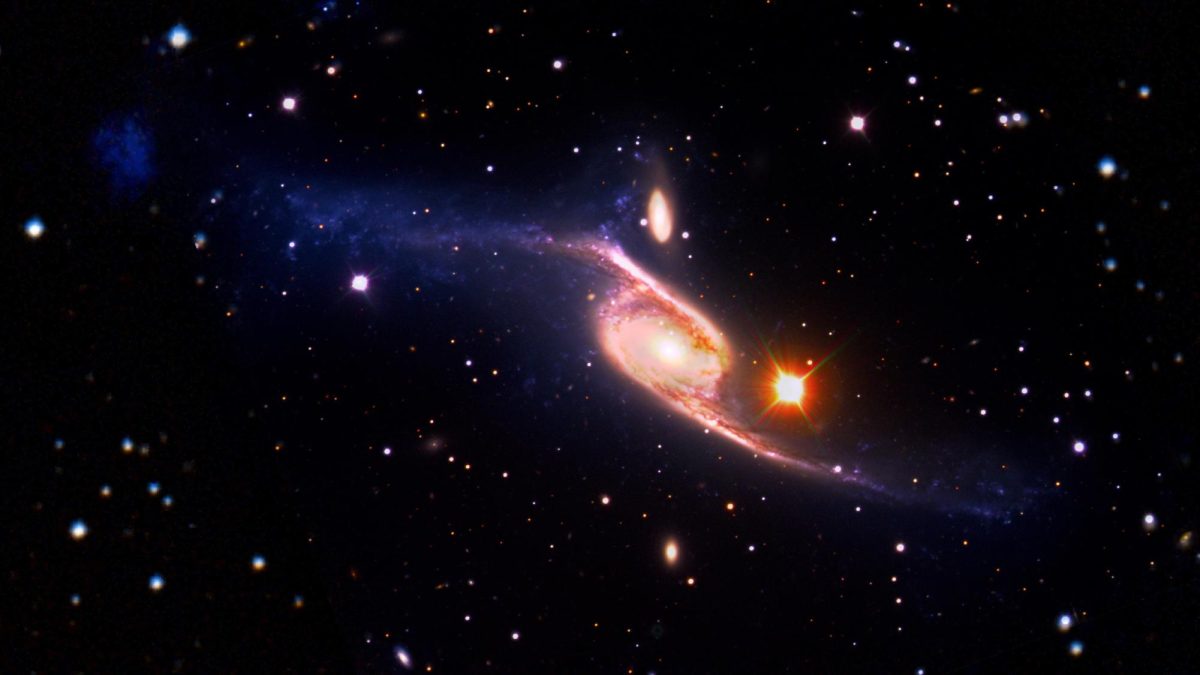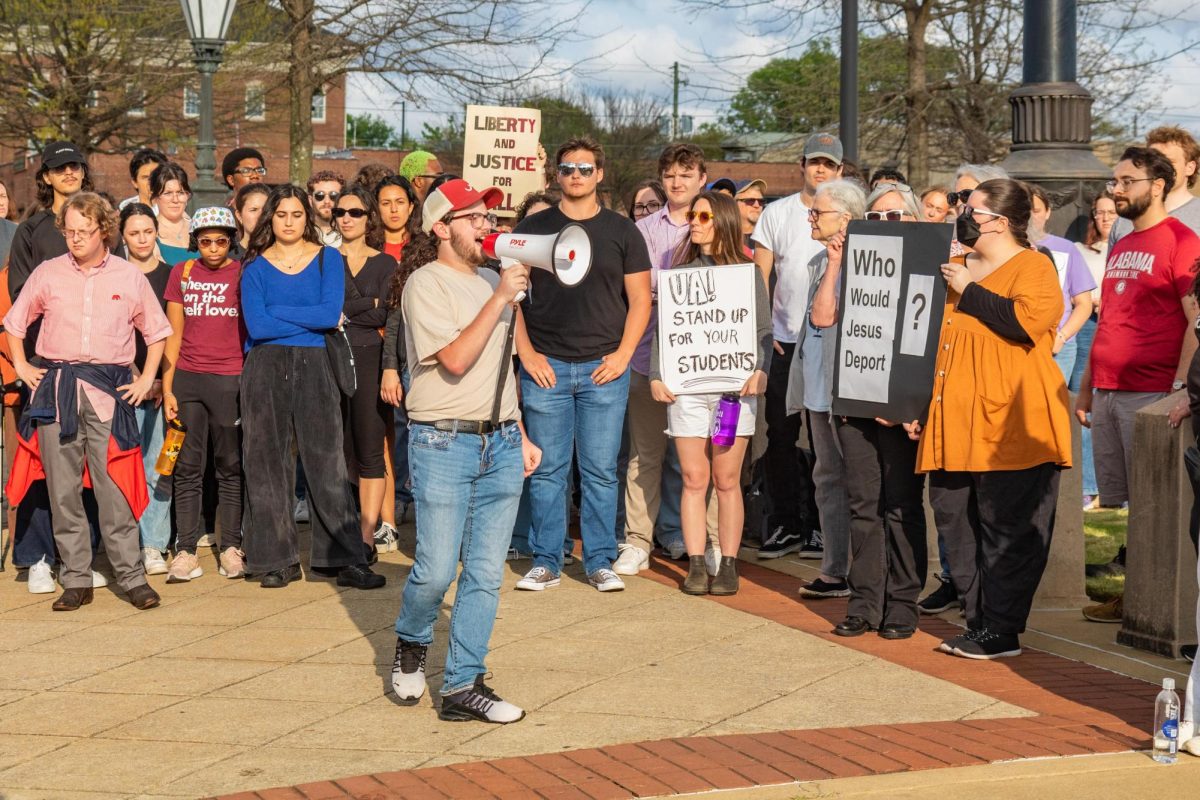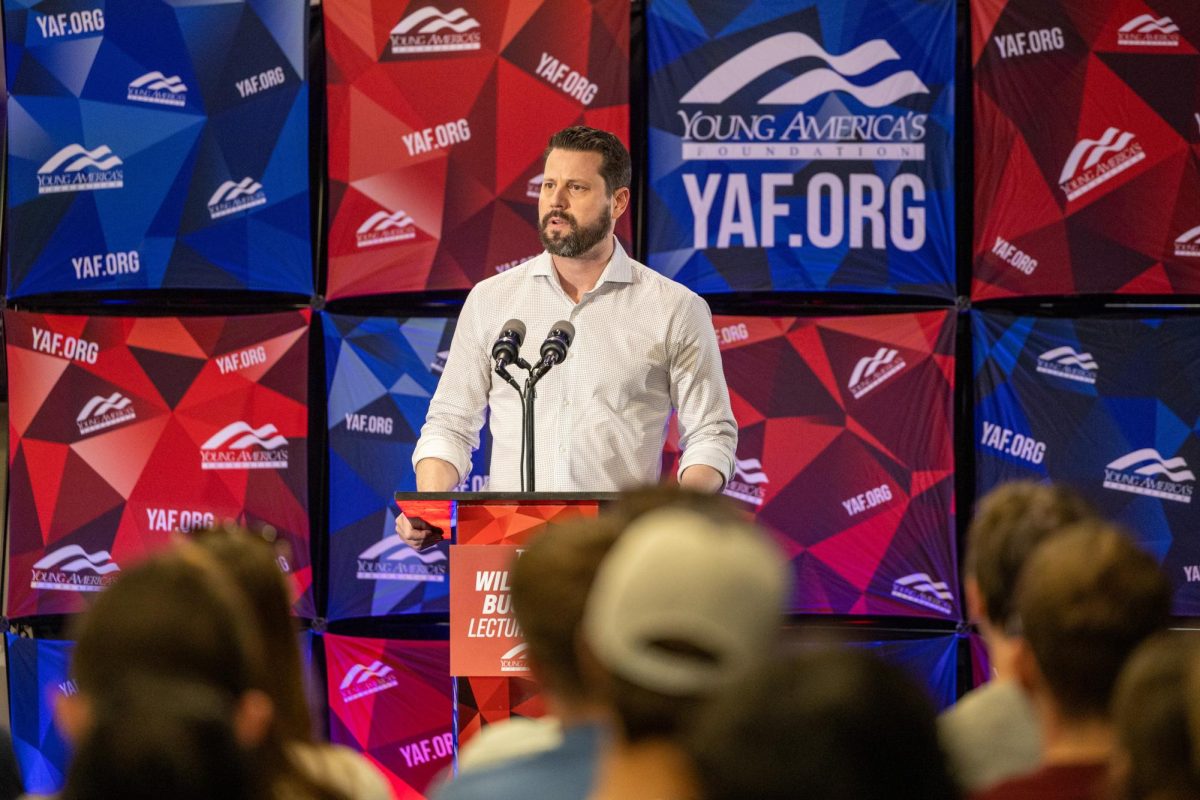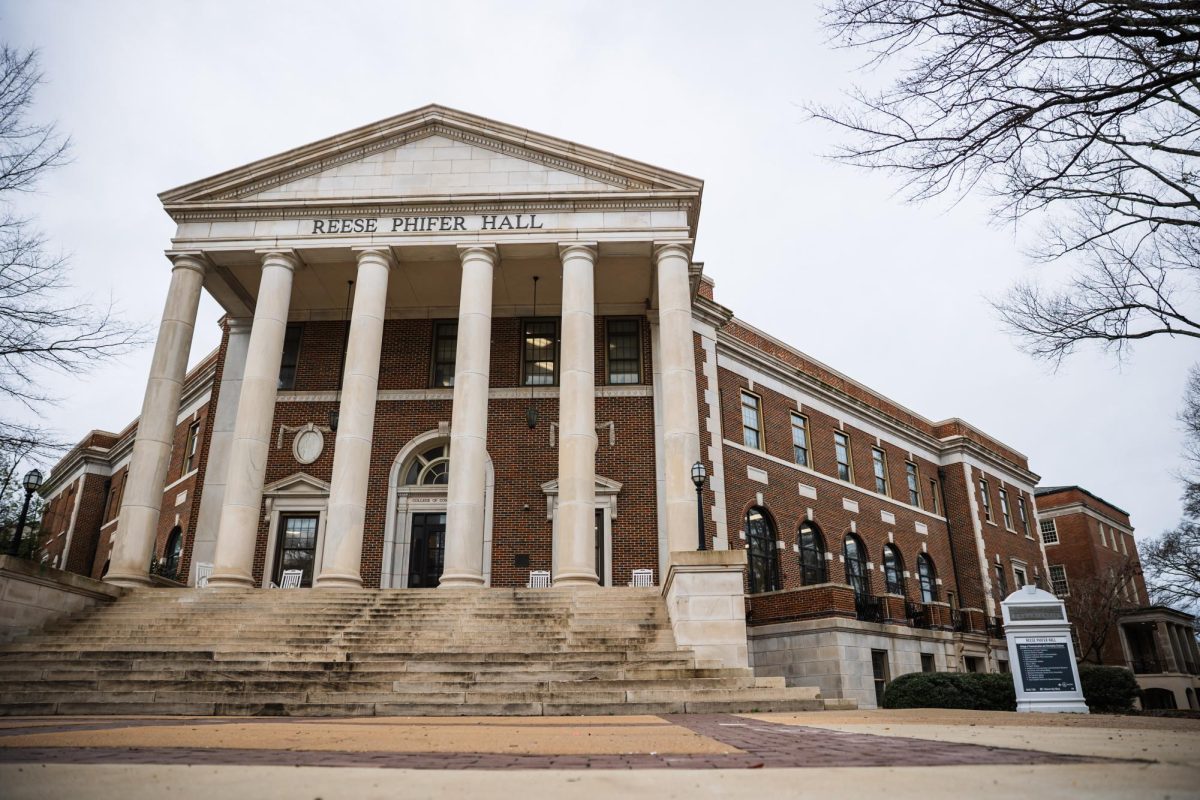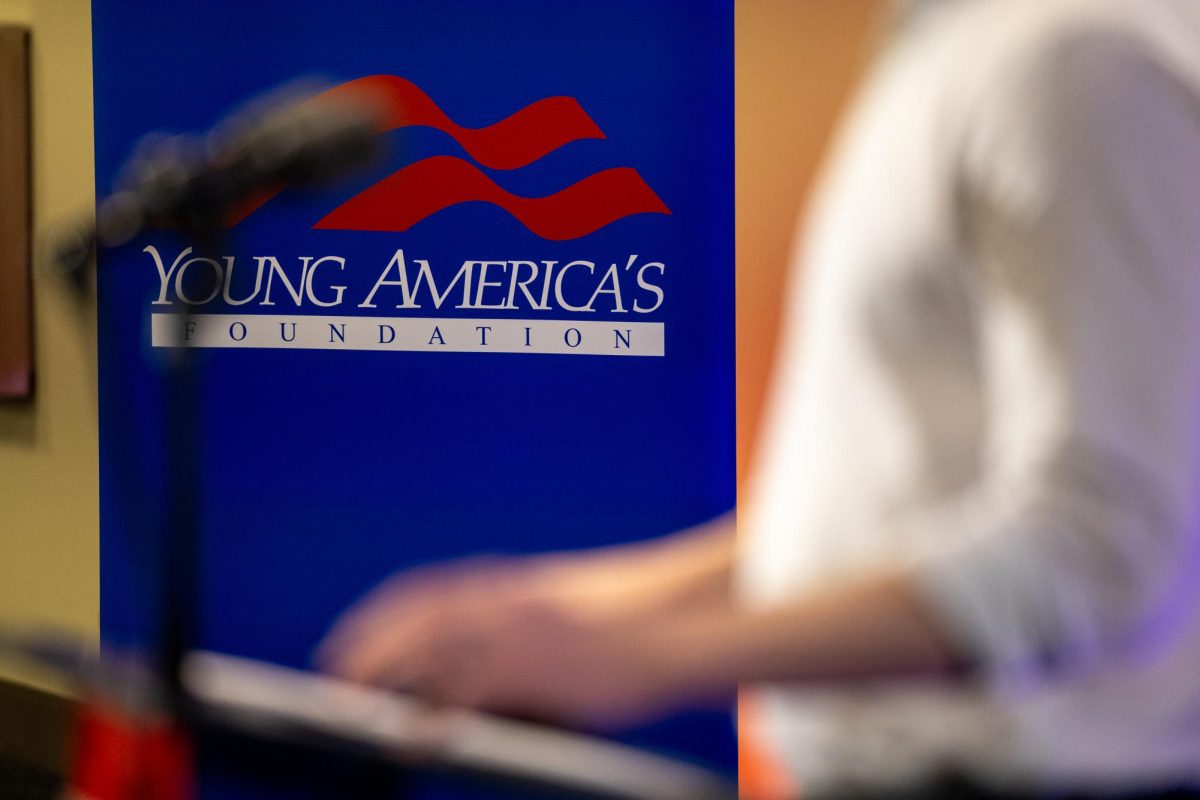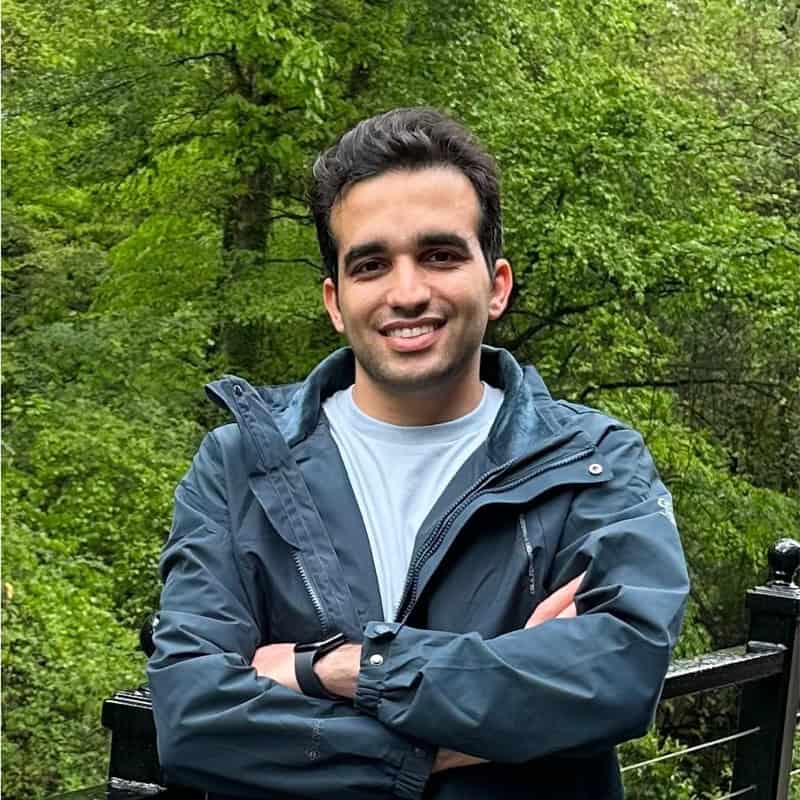A UA professor is developing algorithms used to interpret data obtained by telescopes and computer simulations to investigate the history of the universe.
Jeremy Bailin, a professor in the Department of Physics and Astronomy, has been at the University since 2012 exploring how the universe’s development over the past 14 billion years.
“The history of galaxies is written in the outskirts,” Bailin said. “The inner galaxy forgets.”
While observation through ground-based and space-based telescopes is important in understanding the real nature of the stellar halos — or the rings of the oldest stars of a galaxy — and other gasses and objects in these rings, they are limited to one point in time.
Computational models, however, can simulate how these galaxies evolved and will evolve, predicting both backward and forward in time. Hydrodynamic models such as these, which model different kinds of fluids, also have applications in climate research.
“People refer to this field as ‘galactic archaeology,’ because, like archaeology, it involves using current observations to understand the past,” said Anna Parul, one of Bailin’s graduate students.
The outer ring of a galaxy, being composed of stars, gasses and heavy ions, remains relatively unchanged as the galaxy develops, contrasting with the very volatile inner galaxy. By studying these outer areas, physicists can extrapolate a lot of information on how the galaxy formed and has grown since formation.
Given the huge size of galaxies, these models are either very computationally unwieldy or leave a lot of important information out, Bailin said. As such, physicists such as Bailin are looking to use new algorithms to interpret and verify the results of galaxy formation simulations.
The algorithms, simulations and observable data are connected in a positive feedback loop. With data from simulations, physicists work to improve the algorithms, which are then used to interpret real data from telescopes, getting more precise data to put back in the simulations.
Another of Bailin’s graduate students, Annelia Anderson, is working on improving machine learning algorithms for correctly extrapolating the history of the universe by using simulated data analyzed by a separate research group.
Bailin said the most fun aspect of his research is “creating galaxies and watching them form, spin and change,” comparing it to watching a movie.
This work helps scientists understand the physical environment of the observable universe, Bailin said. This lets researchers “simulate” different physical properties in environments that are incredibly hard to recreate on Earth without a machine as big as the Large Hadron Collider at European Organization for Nuclear Research in Geneva, Switzerland.
On a more fundamental level, understanding how galaxies form is a key piece of information in understanding the universe.
Parul’s work in analyzing the elemental composition of stars in the outskirts reveals information on where the gas that became that star originated. This can tell scientists about past galaxy mergers, for example, which are vital in understanding the mass distribution of the galaxy. Galaxy mergers occur when two or more galaxies collide and form new, larger ones, such as the Milky Way. Understanding these can shed light on dark matter, which makes up 85% of the mass of our universe but continues to defy definition.
In addition to exploring dark matter, understanding how galaxies formed and evolved is clearly a step toward a deeper understanding of the origin of the universe.
The origin of the universe was recognized as an incredibly important question by the National Academies’ decadal survey on astronomy and astrophysics in 2020, Anderson said.
“We are the product of the universe that created planets and stars,” Bailin said.



